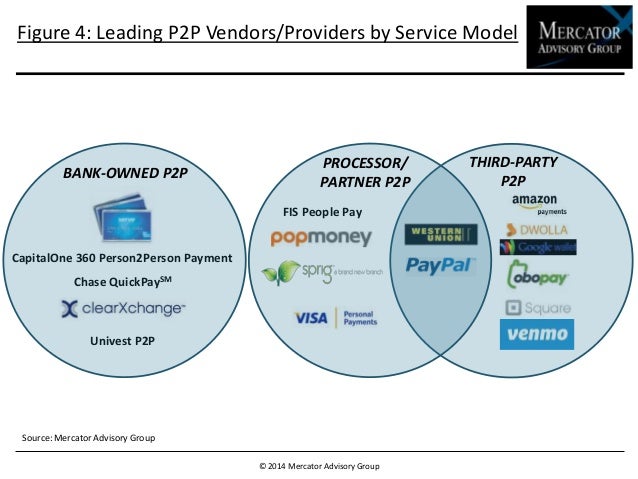Fintech startups have been the new trend for the Silicon Valley. Many of these startups have been challenging financial service offered by traditional lenders for some time. Like any new technology, Fintech companies have gone largely unregulated for the past several years. Towards the end of 2016, the Office of the Comptroller of the Currency said that they will officially begin accepting applications for companies that wish to be regulated like a federal banking institution. The benefits will include being an established company in the eyes of the government, but they will also be subject to the same anti-money laundering controls and consumer protections of traditional financial institutions.
Seeing as the government is usually slow to react with regulation of new technology, now that the government sees that these fintech companies have replaced some functions offered by traditional financial institutions, it will only be a matter of time before they demand all fintech companies to be regulated like traditional financial institutions. This first step of allowing fintech companies to apply to be monitored like a traditional financial institution is the government allowing fintech companies to voluntarily choose to be regulated. Even if companies do not volunteer at first, eventually all fintech companies will be regulated like traditional financial institutions.
Reference: https://www.bloomberg.com/news/articles/2016-12-02/fintech-firms-get-chance-to-be-regulated-like-wall-street-banks

